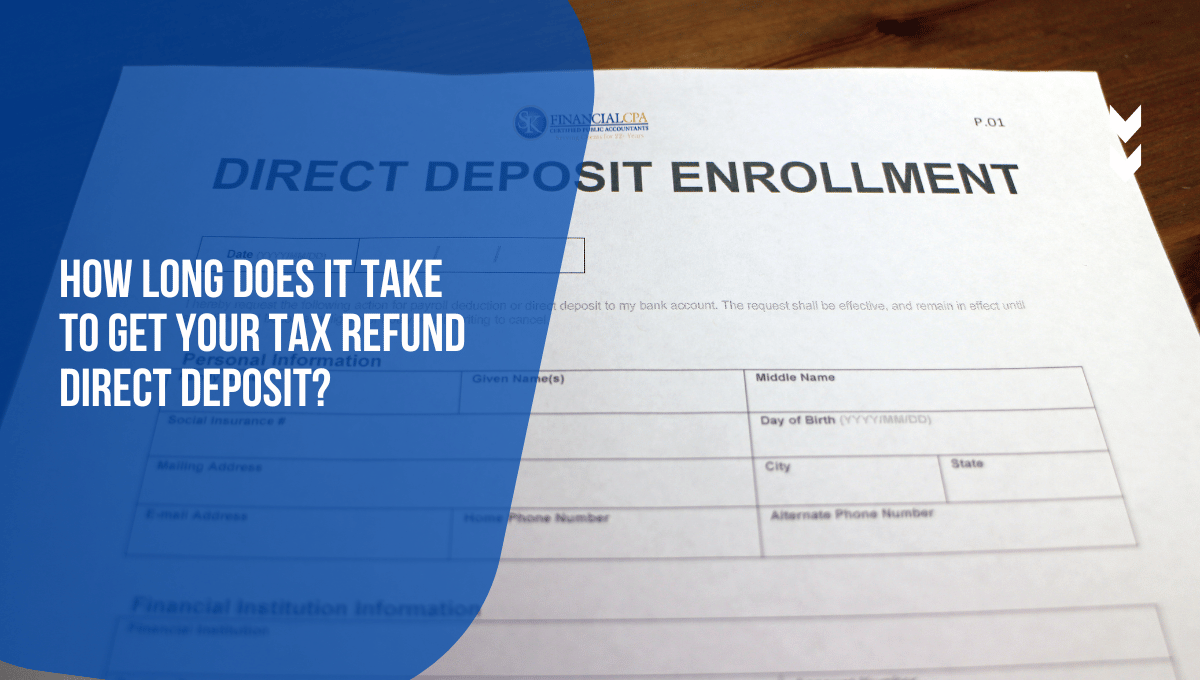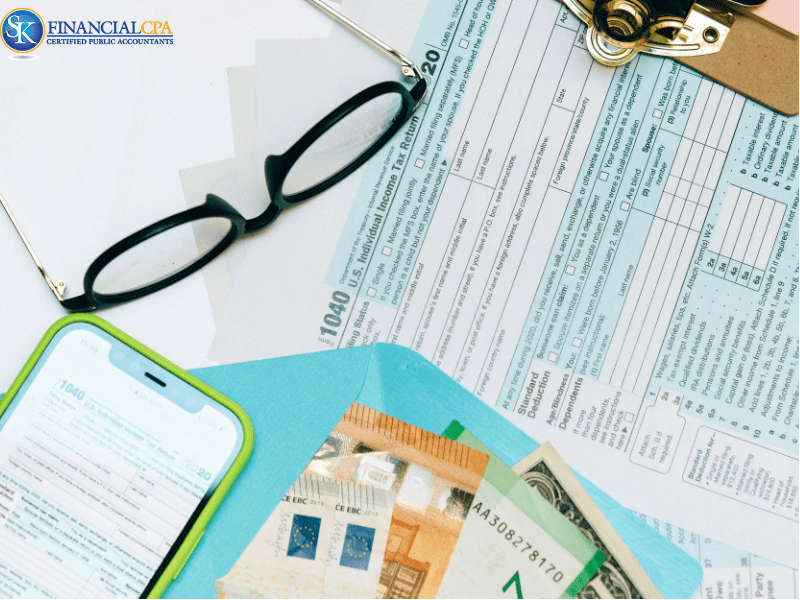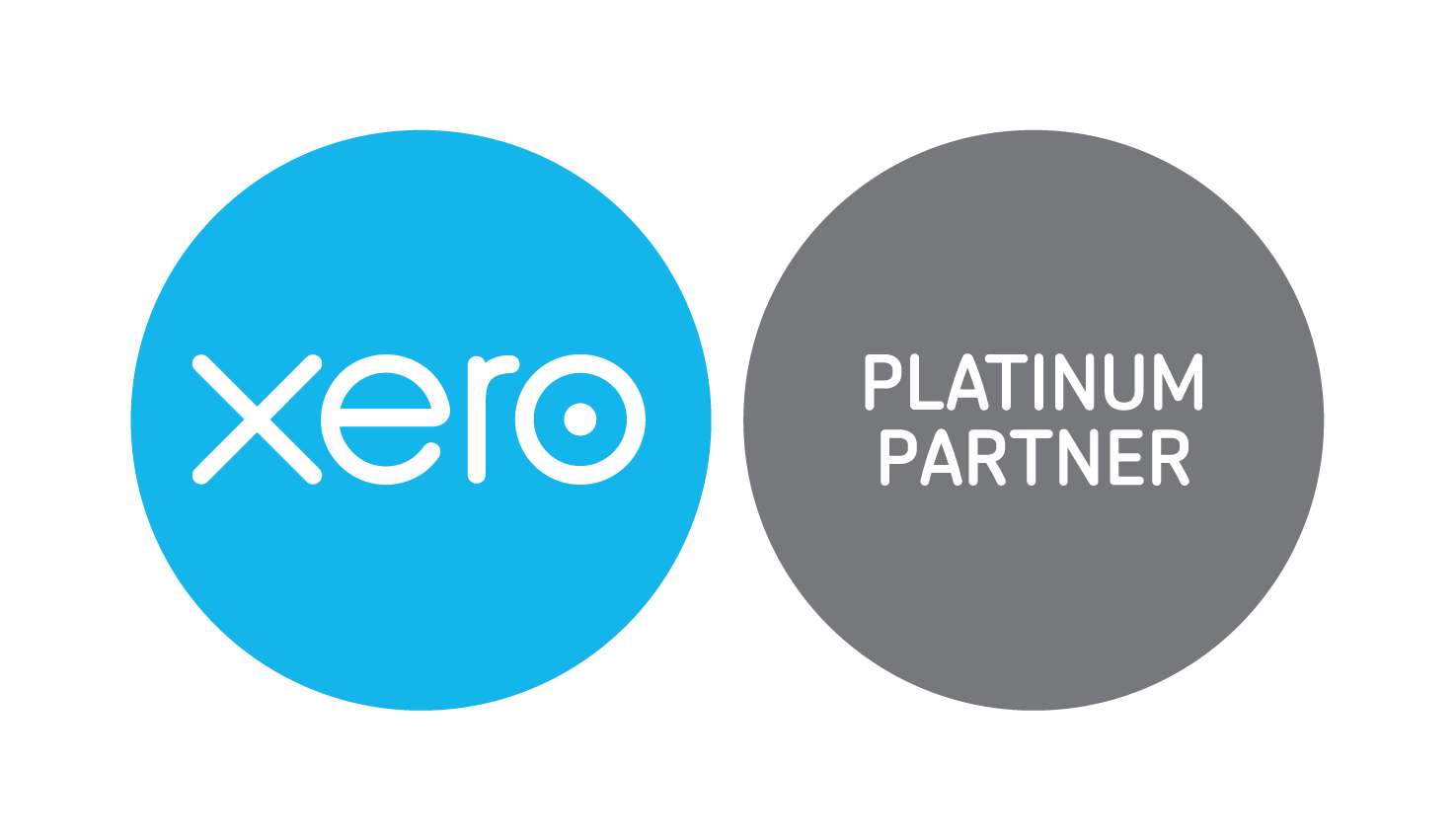
How long does it take to get your tax refund direct deposit?
For most taxpayers, it takes about 7 to 21 days to receive your refund through direct deposit after the IRS accepts your e-filed return. Paper filings and mailed checks take longer, usually 6 to 8 weeks. Filing electronically, using direct deposit, and submitting an accurate return are the fastest ways to get your refund.
How long does it take to get your tax refund direct deposit?
The timeframe for receiving a tax refund via direct deposit typically ranges from one to three weeks after the IRS processes your return. However, factors like filing method and accuracy of information provided can influence the speed of your refund.
Easy and relaible tax services in Florida, US
Understanding How Direct Deposit Refunds Work
When you choose direct deposit
-
Your refund is sent electronically to your bank
-
There’s no mailing delay
-
You must provide your correct routing and account number
-
You can split your refund into up to three accounts for saving, paying bills, or investing
Tip: Always double-check your bank details. A single digit error can delay your refund for weeks.
Know more about: How to check Fedral Tax Refund
Current IRS Timeline for 2025 Refunds
|
Filing Type |
Refund Method |
Estimated Arrival |
|
E-file + Direct Deposit |
7–21 days |
Fastest option |
|
E-file + Paper Check |
3–6 weeks |
Slower due to mailing |
|
Paper File + Direct Deposit |
3–5 weeks |
Still faster than check |
|
Paper File + Paper Check |
6–8 weeks |
Longest waiting time |
IRS processes most returns within three weeks, but errors, identity checks, or Earned Income Credit claims may cause short delays.
What Can Delay Your Refund
Common reasons for delays
-
Math or identity verification errors
-
Missing forms like W-2 or 1099
-
Incorrect bank details
-
Claiming EITC or ACTC (extra review time)
-
Filing late in April when IRS volume peaks
Example: Mark e-filed his return in January and received his refund in 10 days. His friend filed in mid-April with a small error on a dependent’s Social Security number and waited 7 weeks.
Important Tax Refund Request Deadlines for 2021–2025
When planning for tax returns, it's critical to be aware of the deadlines for requesting tax refunds. Each tax year has a specific deadline by which you must file your return if you are due a refund. Filing after these dates typically results in forfeiting your right to a refund.
|
Tax Year |
Last Date to Claim Refund |
|
2021 |
April 18, 2025 |
|
2022 |
April 15, 2026 |
|
2023 |
April 15, 2027 |
|
2024 |
April 15, 2028 |
|
2025 |
April 15, 2029 |
How to apply Tax Extension Deadline
Comparison of Refund Timelines Across Recent Years
When analyzing the efficiency of the IRS over recent years, it's evident that there has been a concerted effort to streamline processes and reduce the waiting times for tax refunds.
|
Year |
Average Refund Delivery (Direct Deposit) |
Filing Start Date |
|
2023 |
14–21 days |
Jan 23, 2023 |
|
2024 |
7–21 days |
Jan 29, 2024 |
|
2025 |
7–21 days (expected) |
Late Jan 2025 |
Refunds are getting faster each year as the IRS improves e-file systems and fraud detection tools.
How to Get Your Tax Refund Faster
Here’s how to speed up your refund:
-
E-file early — returns filed in January and February get processed first
-
Use direct deposit — no mailing delays
-
Avoid mistakes — double-check personal info and bank details
-
File during off-peak weeks — late March and early April are busiest
-
Track your refund using “Where’s My Refund?” on IRS.gov
When to Expect Your Tax Refund
Most taxpayers who e-file and use direct deposit receive their refund within 21 days. Paper filers or those claiming refundable credits should allow up to six weeks. You can check your status 24 hours after e-filing at IRS.gov/refunds or through the IRS2Go app.
Security and Accuracy Tips
Protect your refund:
-
Never share your IRS login or bank details by email
-
Ensure your tax preparer uses secure e-file transmission
-
Watch out for scam texts claiming to “release” your refund
-
Use the official IRS tracking tools only
Conclusion
Getting your tax refund by direct deposit is the fastest and safest way. Most people get their money in about two weeks. File early, double-check your details, and stay updated with the IRS tracker to avoid waiting longer than necessary.
FAQs
How long does it take to get my tax refund in 2025?
About 7 to 21 days for e-file with direct deposit, up to 8 weeks for paper returns.
Can I track my refund?
Yes, use “Where’s My Refund?” on IRS.gov or the IRS2Go app.
Can I split my refund into multiple accounts?
Yes, up to three accounts by filling Form 8888.
What if I entered the wrong bank information?
The IRS will issue a paper check if the deposit fails. Contact your bank immediately.
Do weekends or holidays affect refund timing?
Yes, processing pauses on federal holidays and weekends, so expect short delays.
Is there a fee for direct deposit?
No, the IRS does not charge any fee for direct deposit refunds.
Follow SKFinancial on Facebook / Twitter / Linkedin / Youtube for updates.












